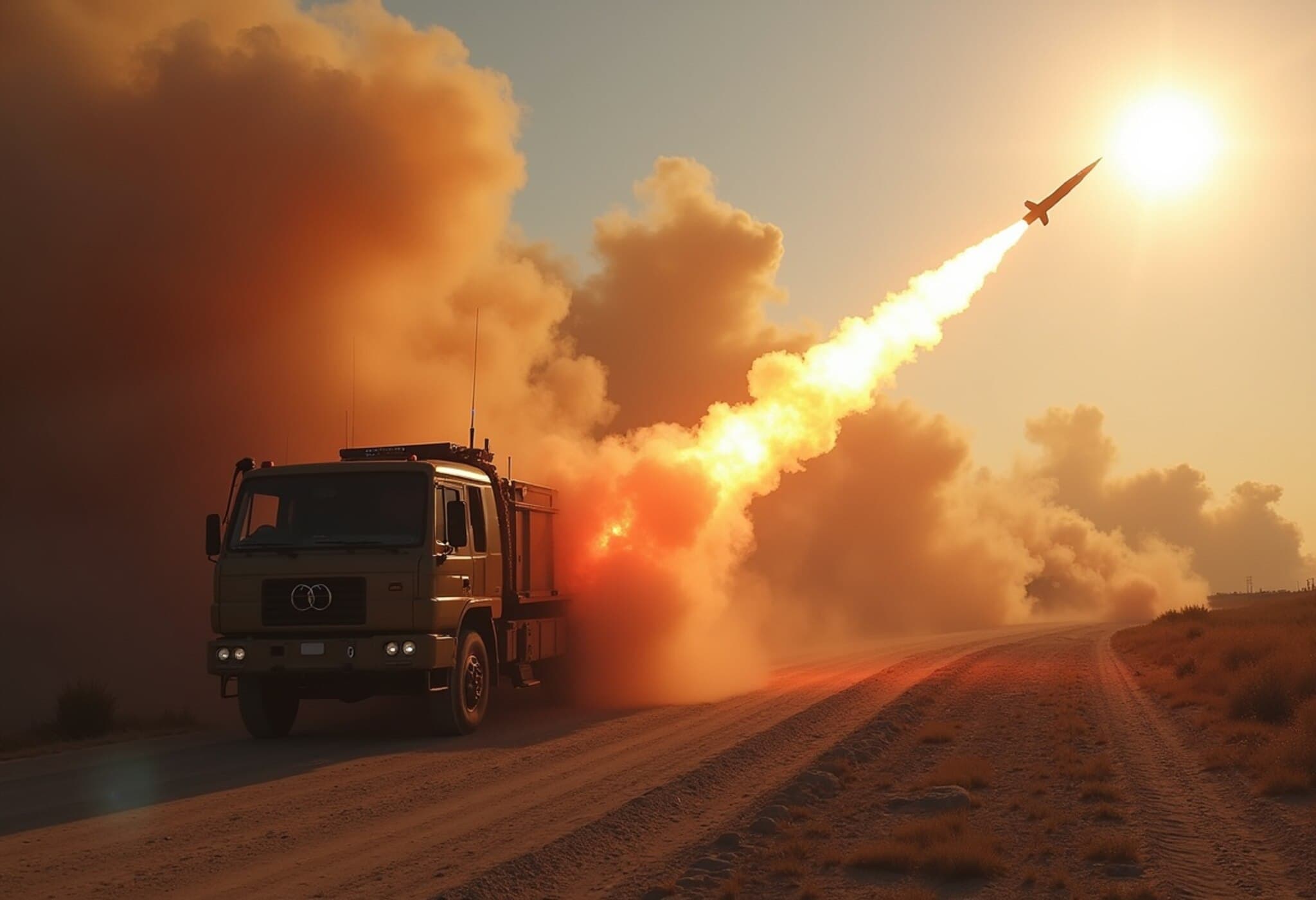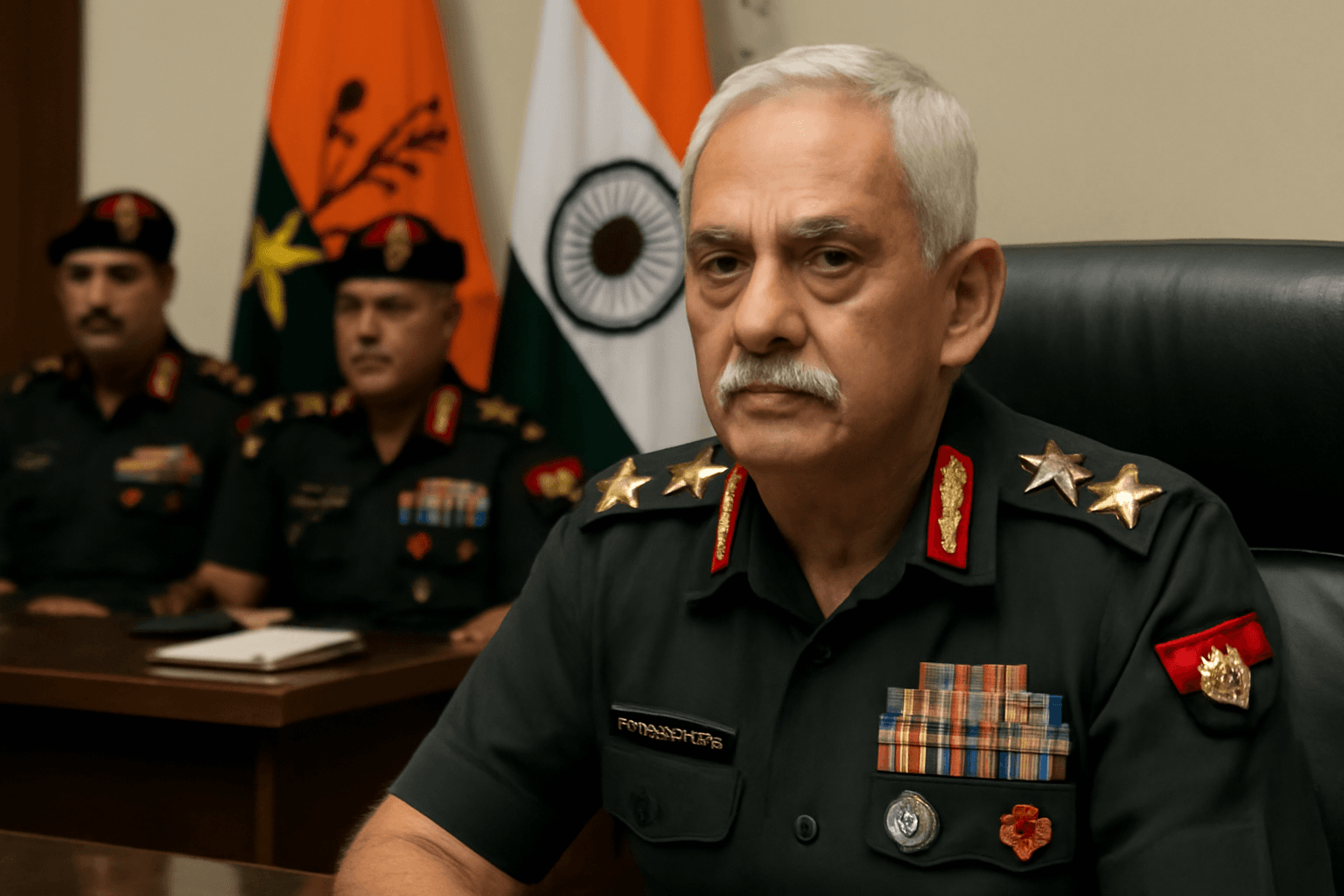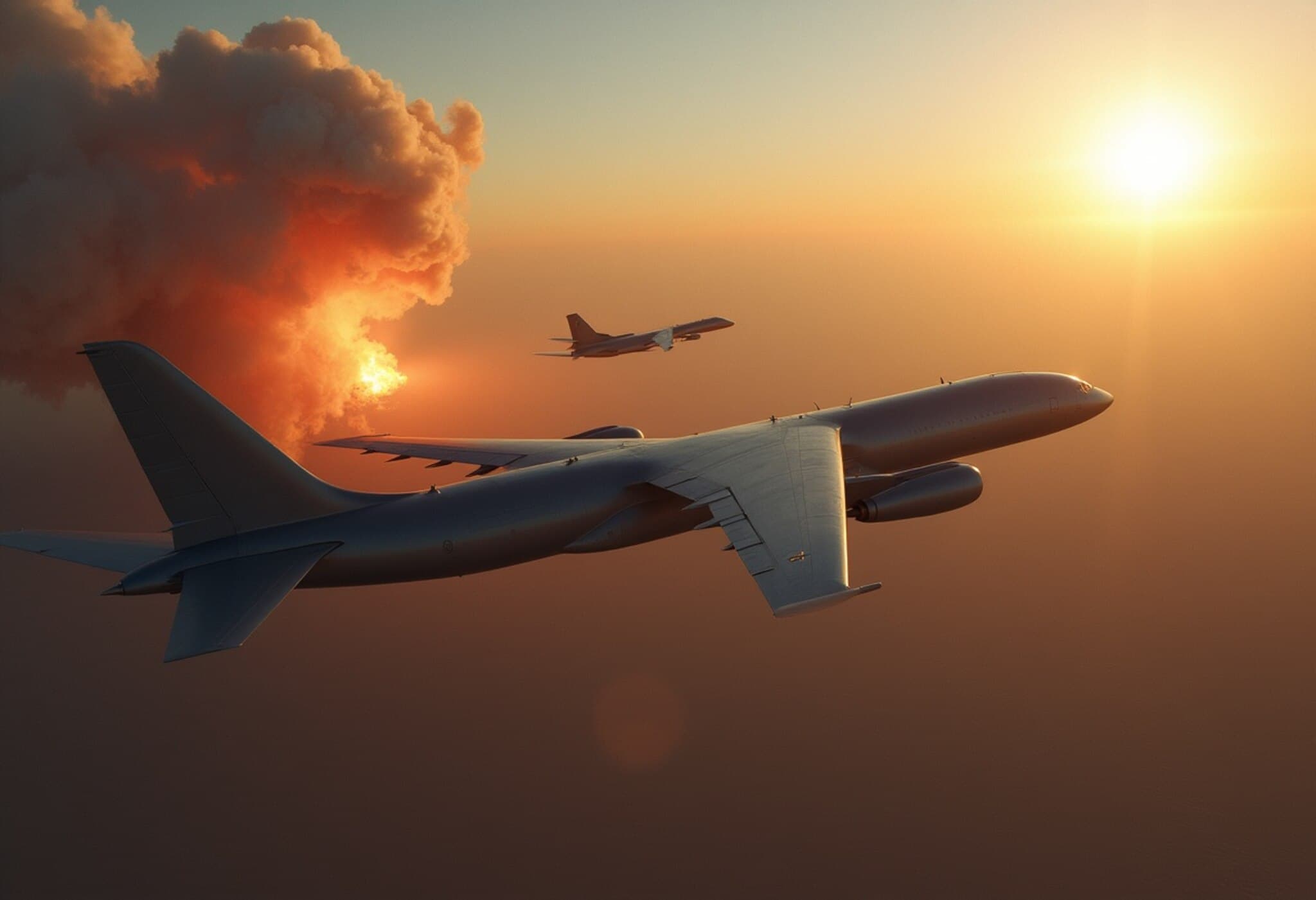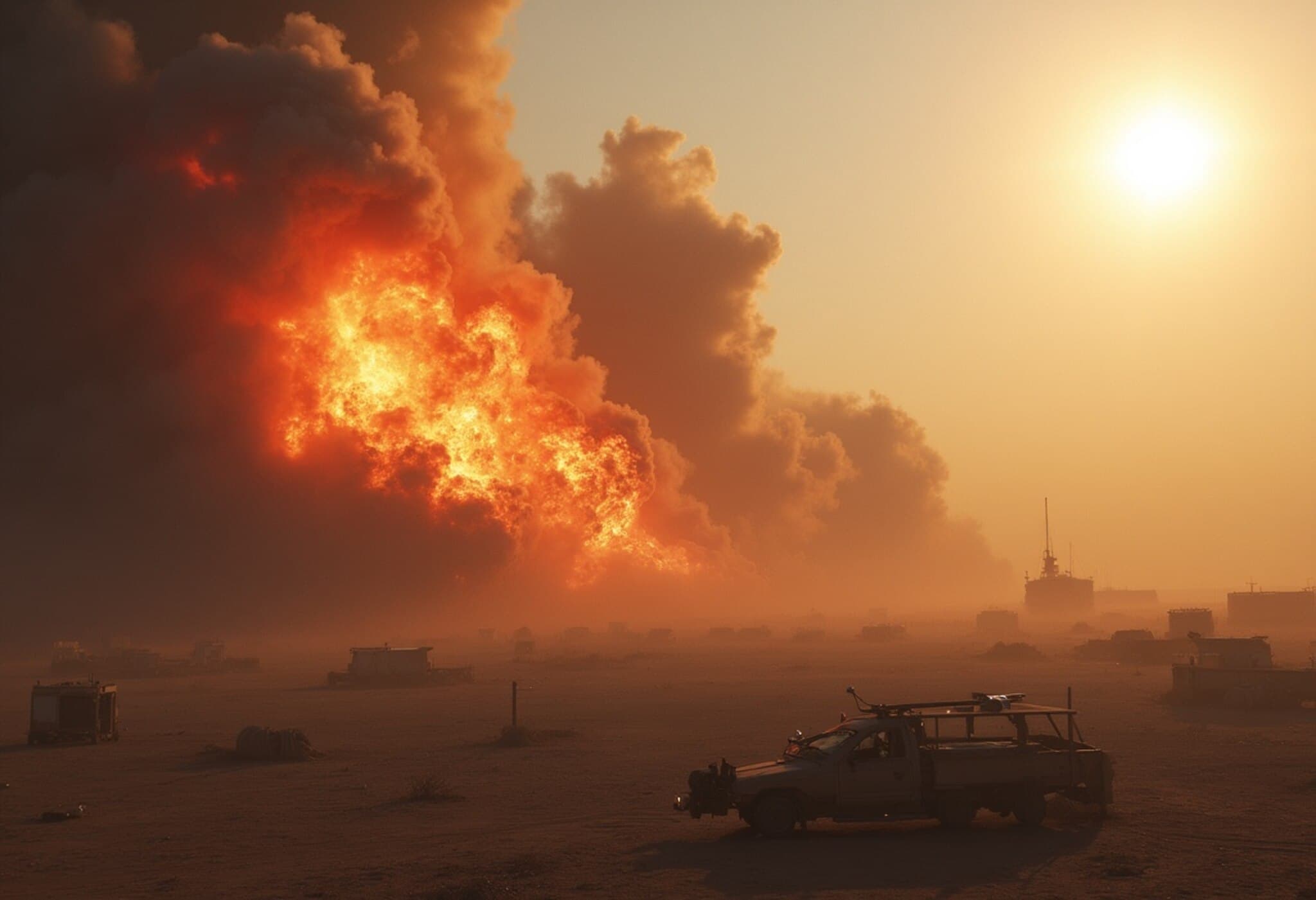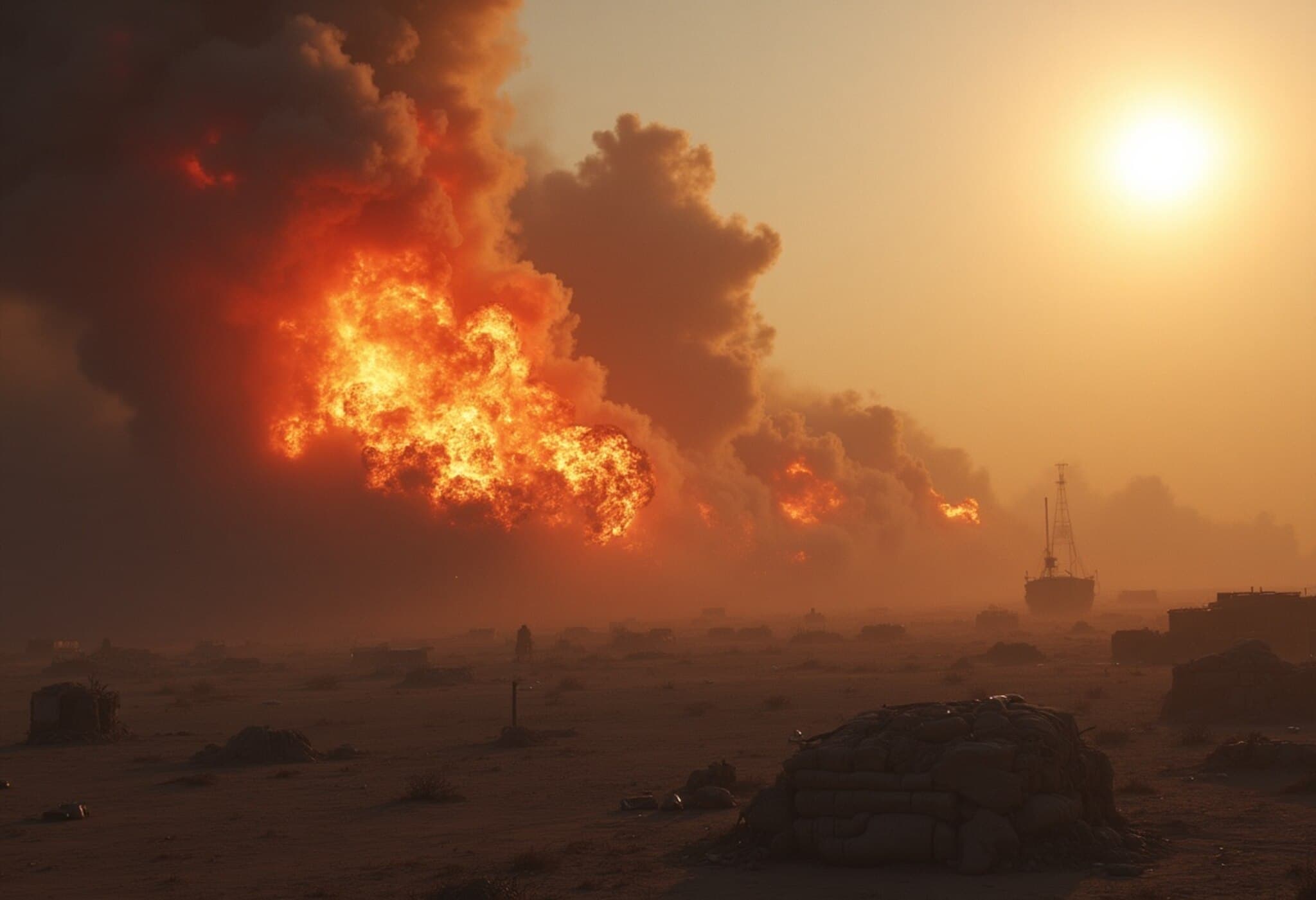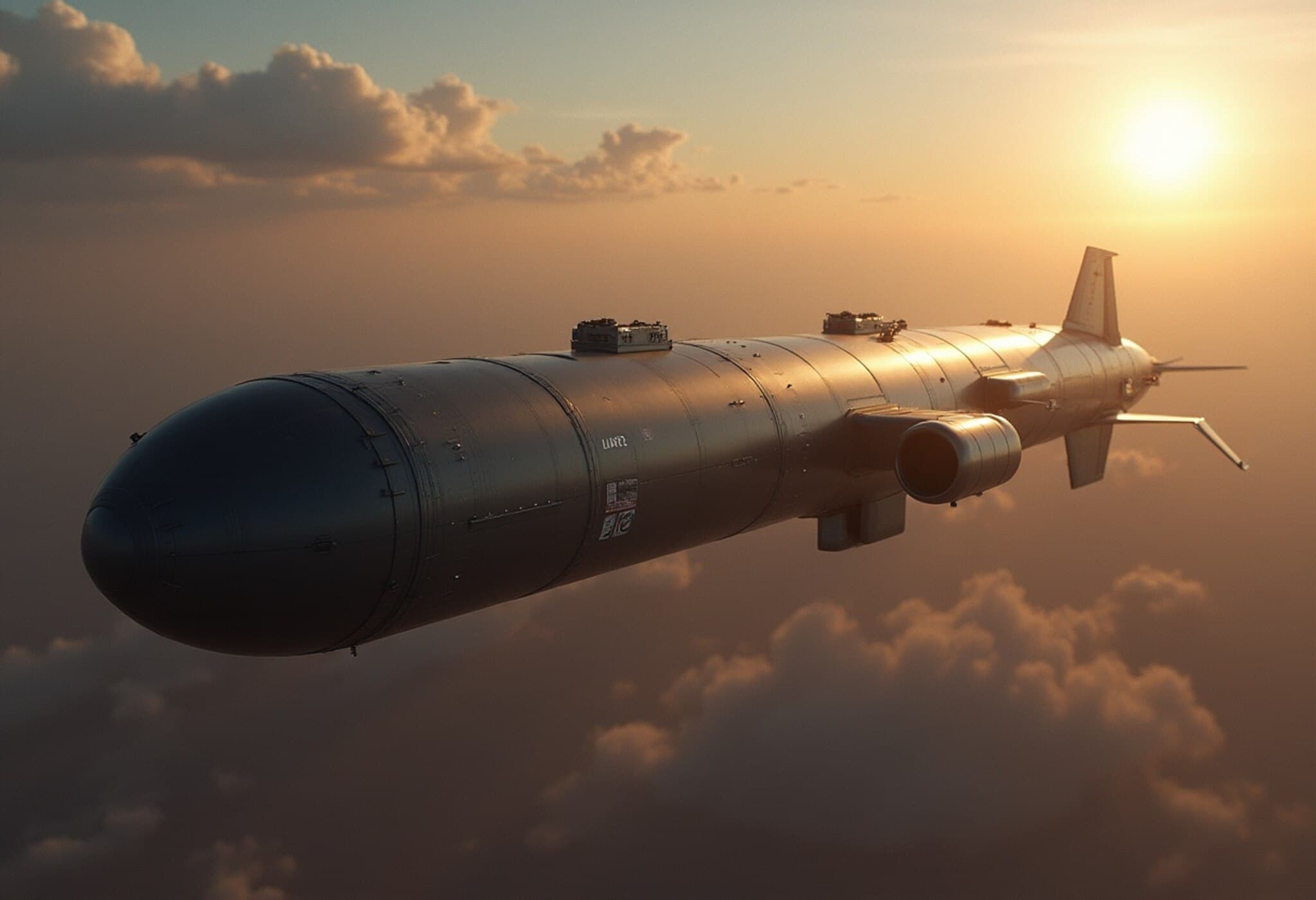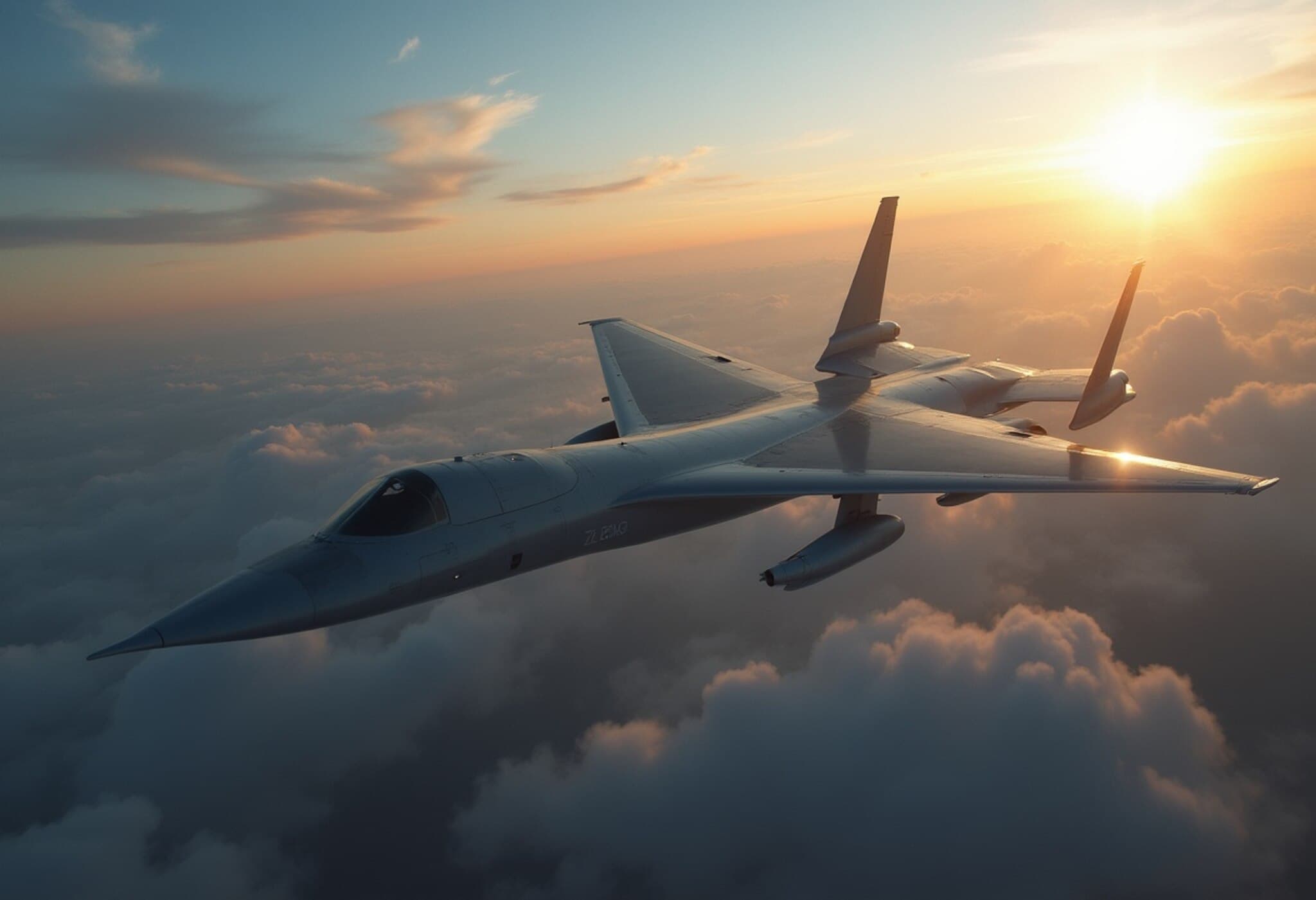Unveiling Operation Midnight Hammer: A Strategic US Strike on Iran
In a bold and meticulously planned maneuver, the United States executed Operation Midnight Hammer, targeting key Iranian nuclear facilities with a combination of advanced air and sea strikes. The Pentagon has now disclosed details surrounding this deliberate, precision assault designed to severely disrupt Iran's nuclear weapons infrastructure.
Complexity and Coordination Behind the Mission
The operation, described as both complex and high-risk, involved a joint force displaying exceptional skill and coordination. Executed across multiple domains and theaters, the strike showcased the US military’s ability to project power swiftly and decisively on a global scale.
According to senior military officials, the mission was highly classified—with only a handful of personnel in Washington aware of its timing or specifics. The US Chairman of the Joint Chiefs of Staff emphasized the secrecy and precision underpinning the entire effort.
Key Phases of Operation Midnight Hammer
- Initial Launch: Shortly after midnight on Friday, a large strike package of B-2 bombers took off from the continental United States, aiming to preserve tactical surprise.
- Deceptive Maneuvers: A segment of the strike group diverted west toward the Pacific as a deliberate decoy, a plan known to only select leaders.
- Main Strike Force: The primary package included seven B-2 bombers, each manned by two crew members, proceeding eastward with minimal communication to avoid detection.
- Long-Range Flight: The bombers completed an arduous 18-hour flight, supported by multiple in-flight refuelings to maintain operational capability.
- Complex Air Coordination: Upon approaching the target zone, B-2s connected with escort and support aircraft in a flawlessly timed aerial choreography requiring precise synchronization across different platforms, all while maintaining radio silence.
- Submarine Cruise Missile Strike: Just before entering Iranian airspace around 5 PM EST, a US submarine launched over two dozen Tomahawk cruise missiles aimed at infrastructure targets in Isfahan, adding an unexpected element to the assault.
- Airspace Entry and Deception: The strike group utilized deception tactics involving decoys and advanced fighter jets flying at high altitudes and speeds, suppressing any potential threats ahead of the bombers.
- Suppression of Enemy Defenses: Approaching the sensitive sites of Fordow and Natanz, high-speed suppression weapons and pre-emptive fighter strikes were employed to neutralize any Iranian surface-to-air missile threats. Remarkably, no hostile fire was detected against the strike package during ingress.
- Target Engagement: At approximately 6:40 PM EST, the leading B-2s deployed precision GBU-57 bombs on multiple key sites in Fordow and Natanz, striking three critical nuclear facilities within a 25-minute window.
- Exit and Retreat: The Tomahawk missiles’ strike on Isfahan served as a final surprise before the strike package withdrew promptly with no reported enemy retaliation during the exit phase.
Significance and Impact
Operation Midnight Hammer reflects an unprecedented demonstration of military precision, intelligence coordination, and operational secrecy. The carefully orchestrated strikes are intended to degrade Iran’s nuclear capacity substantially, underscoring a clear message about US resolve and technological capabilities.
By blending aerial bombardment with submarine-launched missile strikes and sophisticated aerial tactics, the US displayed a versatile and synchronized approach to modern warfare, aiming to minimize collateral damage while maximizing strategic impact.
Looking Ahead
As diplomatic efforts and geopolitical tensions evolve, the ramifications of this operation will undeniably influence future engagements and regional stability. This strategic strike not only challenges Iran’s nuclear ambitions but also signals a new era of precision and coordination in complex military operations.



